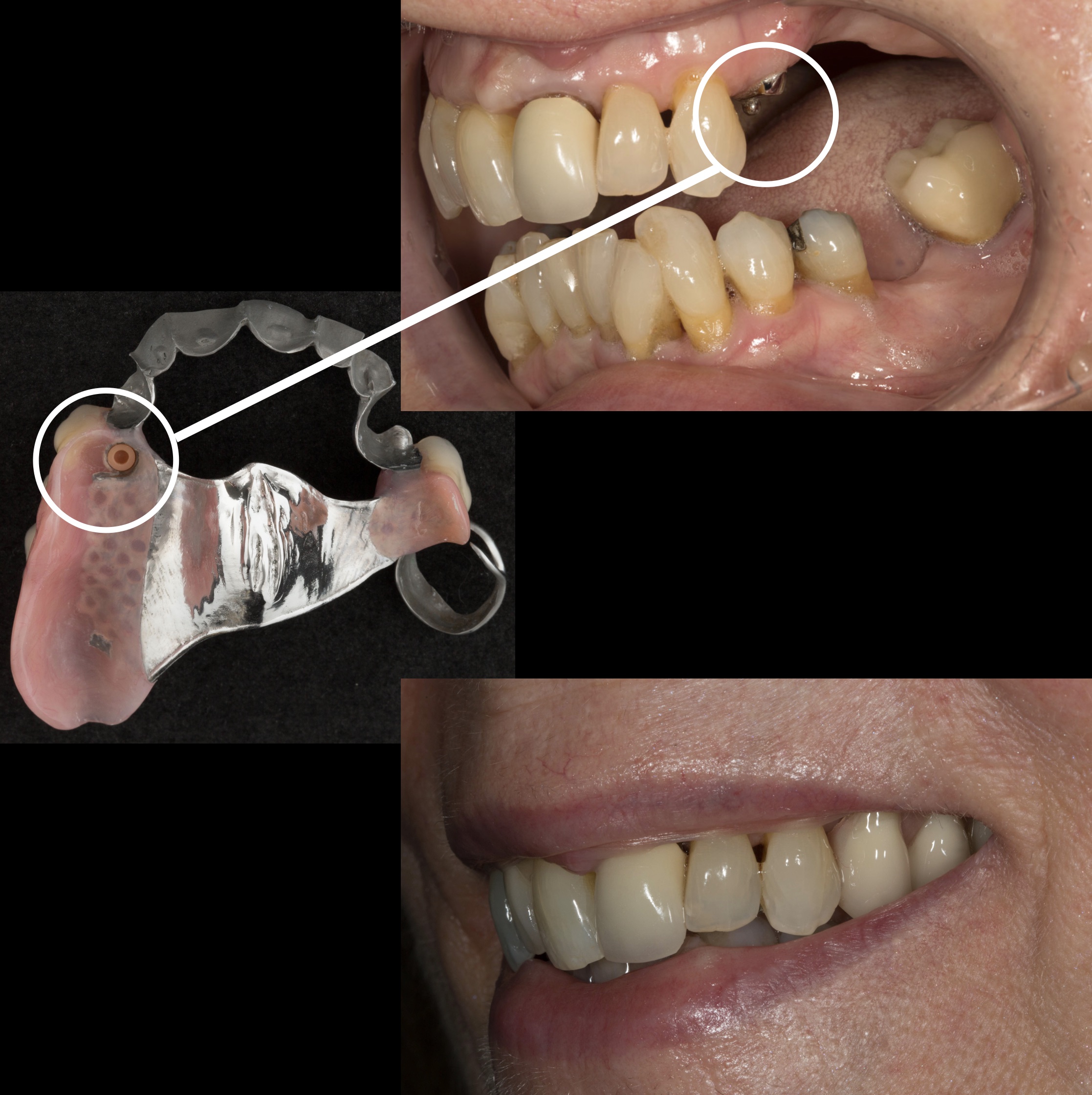Precision attachments are rarely needed for partial dentures
Precision attachments are rarely needed for partial dentures
Precision attachments are not easy to incorporate into partial dentures. They have many disadvantages and require careful planning with mounted study models and prototype diagnostic set ups. Additionally, they are expensive and require careful time-consuming execution, especially in the lab; this is expensive, too
These are the main disadvantages I find with precision attachments:
1. Space is always a big problem as the attachment often gets in the way of positioning the artificial tooth in the best position. Denture attachments are often too large.
2. Abutment support teeth often need a full coverage restoration with all the disadvantages of increasing the restorative burden.
3. They considerably add to the expense of the prosthesis.
4. They require more maintenance than conventionally supported/retained partial dentures being similar to implant supported dentures, with the added complication of the restored tooth support.
5. Increased manual dexterity is required for oral hygiene procedures around the attachment.
6. They are much more technique sensitive to execute.
When executed well they can have two advantages over conventional removable partial dentures:
1. No visible clasps – retention is hidden
2. They can be more retentive than conventional partial dentures – with improved chewing and biting function.
As a result of the many disadvantages I very rarely use them. I find that providing guiding surfaces and well positioned rest seats on the support teeth lead to partial dentures which are stable and well retained without needing to resort to the added complicating factors precision attachments bring.
Denture Blog 48
Subscribe to my Newsletter and Blog please email education@finlaysutton.co.uk


